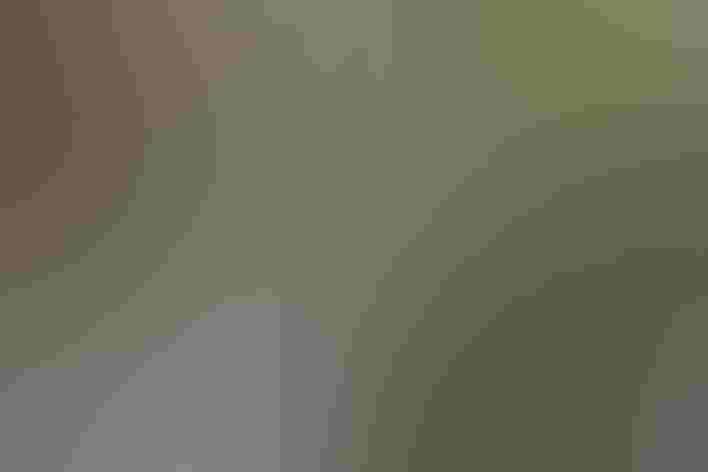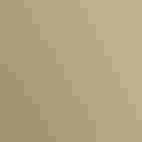Spotted Dove
At a Glance
Native to southern Asia, this dove was introduced into the Los Angeles area of California around 1917. Since then it has gradually spread, occupying areas north to Santa Barbara and Bakersfield and south to San Diego. Living mostly in residential areas, it is usually rather tame, feeding on the ground on lawns and gardens. When disturbed, it flies almost straight up from the ground with noisy flapping of its wings.
All bird guide text and rangemaps adapted from Lives of North American Birds by Kenn Kaufman© 1996, used by permission of Houghton Mifflin Harcourt Publishing Company. All rights reserved.
Category
Pigeon-like Birds, Pigeons and Doves
IUCN Status
Least Concern
Habitat
Urban and Suburban Habitats
Region
California
Behavior
Direct Flight
Range & Identification
Migration & Range Maps
Permanent resident in its limited range in California, rarely straying east or north within the state.
Description
13" (33 cm). Size of Mourning Dove but bulkier, tail more rounded, lacks black spots on wings. Best mark is black collar with white spots (less obvious on young birds).
Size
About the size of a Crow, About the size of a Robin
Color
Black, Brown, Gray, Pink, Purple, White
Wing Shape
Broad, Pointed
Tail Shape
Long, Rounded, Square-tipped, Wedge-shaped
Songs and Calls
A 3-syllable rolling coo-coo-cooooo.
Call Pattern
Falling, Flat
Call Type
Hoot, Rattle
Habitat
Residential areas, parks, river woods. Found mostly in altered habitats of suburbs, especially well-watered areas with trees and lawns. Also found around farms, and in groves of trees (including eucalyptus) along streams.
Sign up for Audubon's newsletter to learn more about birds like the Spotted Dove
Behavior
Eggs
2. White. Incubation probably by both parents; incubation period 2 weeks or more.
Young
Both parents probably feed young "pigeon milk." Development of young and age at first flight not well known.
Feeding Behavior
Forages mostly on the ground, walking about and picking up seeds. Usually forages in pairs or small groups. Will come to bird feeders, but often picks up seeds from ground under elevated feeders.
Diet
Mostly seeds. Diet in North America not studied in detail, but includes seeds of many plants.
Nesting
In territorial and courtship display, male flies up steeply with noisy clapping of wings, then glides down in wide circle with wings and tail fully spread. When perched, male displays by bowing and cooing, lowering head to show off spotted collar. Nest site is usually in large shrub or tree, on horizontal branch or fork of branch, 8-40' above ground. Nest (probably built by both sexes) is loose platform of twigs.
Conservation
Conservation Status
Numbers in California have declined sharply in recent years. Apparently still very common in native range in Asia.
Climate Threats Facing the Spotted Dove
Choose a temperature scenario below to see which threats will affect this species as warming increases. The same climate change-driven threats that put birds at risk will affect other wildlife and people, too.





